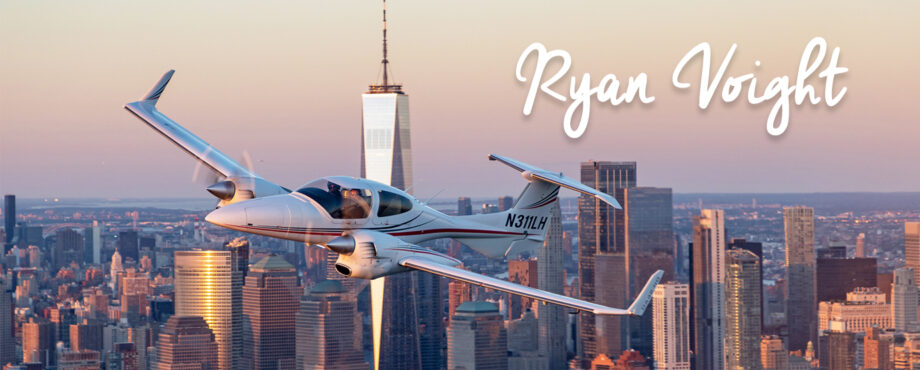Shoulder Health, Part I
I’ve been involved in a dangerous activity for a long time, but it’s only caught up with me in a few instances. In 1998 I broke my right wrist, in 1999 I sprained and dislocated my left shoulder, and in 2003 I broke my left ankle… all playing hockey.
No, it wasn’t flying, and maybe that’s not what you expected me to say? I’m pretty surprised about it, too… but I’ve had a combination of excellent instructors and a few very important instances of good fortune, so the only injuries I’ve had to overcome were from other things.
One of those injuries- the dislocated shoulder- has plagued me ever since; Over 15 years now, literally half my life.
In doing research on shoulder injuries, I’ve learned that when they occur at a younger age, there is a significant likelihood of repeated dislocations. Something about younger people being more elastic; the muscles, tendons, and/or ligaments can get stretched- creating just enough slack for future instances of dislocation. In adults, they tend to either tear something (like the rotator cuff), or they don’t… but with much less stretch, if nothing tears the chance of further issues is much less.
So I’ve had this shoulder that, for half my life, would slip out and back in when I moved certain ways (technically that’s called subluxing and not dislocating). Like any young man who thinks he’s tough, I dealt with it… which is man-code for ignored it. I would like to tell everyone, right now, that there are TWO very big problems with ignoring an injury like this: With every slip of the joint, everything stretches just a little bit more, and it gets easier and more prone to repeating. Also, every time a shoulder slips the ball on the humorous scrapes against the socket in the shoulder. I’m no doctor, but after repeating this hundreds of times, I can conclusively say that bone-on-bone = BAD. Bone-on-bone hurts, a lot! It also causes wear if you repeat it… and I repeated it, a lot!
In 2010 I got smart and finally pursued a repair. At that time I was an unmarried hang gliding instructor, with no health insurance. The sports-medicine doctor specializing in shoulders that I was seeing suggested we do an X-Ray to make sure the joint isn’t broken, but we forgo doing an MRI and CT because they are so costly. He was confident he could go in, arthroscopically, and repair the damage he finds- it should all take less than an hour. So that is what we did, although the surgery ended up taking several hours, and later the doc described my torn labrum as “the grand canyon”. Cool, I guess… at least I’m fixed!
For a year and a half or so, anyway- then it slipped out again. And again. And again. After a very long battle with my wife’s insurance company to get them to cover a further repair… an MRI and CT scan uncovered that, with all the dislocations I had put up with, I had actually worn away the socket that holds the ball in place. Imagine trying to set a golf ball on a tee that has been ground down on one side. An X-Ray didn’t show it well, because it happened so gradually that there were no pieces. Apparently very, very few people have this type of injury, without broken pieces to signify it. Translation: very few people are the right combination of stupid and stubborn to live with a slipping shoulder, and keep doing things that slip it, like I did. I’m special!
Anyway, in August of 2014 fix #2 involved chipping a piece of bone out of my hip, fashioning it to match the missing part of my shoulder socket, and screwing it in place. This is an open surgery, with not one but two decent incisions (shoulder and hip). The recovery was tough, because not only did I lose use of an arm while it healed, but I also had very limited use of my hip. Shoulders are really important, especially to hang glider pilots. Hips are important for anyone that can’t or doesn’t want to live in a lazy boy recliner. Combining these two while you have a 1-year old daughter is tougher still…
There was one (at least one) glorious surprise in this recovery. This was a BONE repair. Tears and sprains can have long lasting repercussions, as I learning in 1999. But I’ve also learned that broken bones, on the other hand, heal great (with proper care). The recovery can be faster; once the bone is solid physical therapists can get you moving all different ways, and you can be weight bearing. The PT regime for the second surgery was very different than the first- it was a healthy dose of patience, followed by strength and stability exercises.
The exercises I’ve been doing to rehab my shoulder are directly applicable to training for shoulder health… and hang gliding! I will be writing up and sharing these in Hang Gliding and Paragliding Magazine in the very near future… but that is a different article, and I wanted to tell my story leading up to where I’m at now…
Thanks for reading and look for a hang gliding shoulder-health article to run in a couple months. Cheers and happy new year to all!
